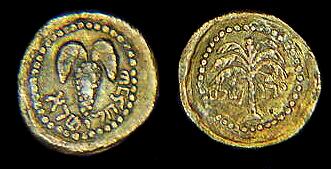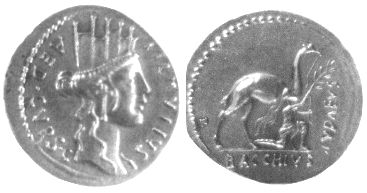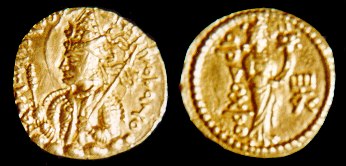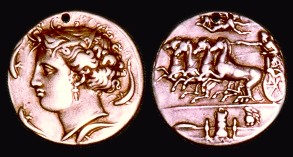
Home
Marketplace
Collectors Information
Get Connected!
News & Notes
Contact Us
Our Auctions
|
Translate Traductions Übersetzungen Traduzioni Traducciones Traduções |
Fake or Real?
I receive a number of email queries from various countries (Bulgaria, Macedonia, Russia and the Middle East to name a few) with questions about coin valuations or offers to sell coins. Some of the coins, if real, would be considered true rarities and therefore quite valuable. My usual response is that I cannot give valuations based on an emailed image and would have to see the coin in person. That reply generally stops the conversation and I rarely get a response.
Some of coins are obvious counterfeits. Others .... not so obvious.
So...do these coins exist? Are the sellers really collectors or metal detectorists as they sometimes claim? Could the coins be stolen items of 'priceless national heritage'? Or are these just examples of an Internet scam?
Who knows. I'll let you know if I can ever get a sender to mail me a coin. I will be adding more coins as the emails come in.
Take a look at the images below and make up your own mind. Comments are welcome.
- KEB -
01/05/00..this one is rather unfortunate since it has been floating around the internet for several months. The owner requested attribution information on the coin and was told that it was probably a fake. Despite being warned, the owner recently sold it on Yahoo for $130.

Part of what I wrote to the owner appears below:
As a type, the coin appears to be a year 2 Bar Kochba small bronze similiar to Mershorer 49. The obverse reads 'Year 2 Of The Freedom Of Israel' and the reverse reads simply 'Jerusalem'.
Now I say appears because, in my opinion, it it is not a genuine ancient coin. The main area of concern is in the script which appears to be an intermediate style, neither archaic nor modern......
Thanks to Mike Fox in Israel for pointing out that the the script is not paleo Hebrew but what is called in Hebrew *k'tav Ashuri*.
An almost identical coin (in copper rather than brass) can be seen at Dave Garstang's web site.
Beware. This is a common fogery and more may be coming to market soon. Caveat emptor.
Another one came in on 12/21, this time from a seller in Poland. From the tone of his email, I have no doubt that he owns the coin. As you can see...it is a very nice example of an Plautia 13, minted by moneyer A. Plautius c. 55 BC. A very popular type since it is associated with the subjugation of Judea.

I have combined the two images into one and try to adjust the contrast to bring out the detail. (If you want to see the original images, click here The only problem is my instincts tell me that it may not be authentic. The style is pretty convincing, but the flan too even, plus the fields are very flat. This is typical of many of the replicas coming out of Bulgaria.
Is it real? I would have to see it to be sure. You can make up your own mind....
Here is one dated 10/31/99 sent from the usual anonymous Hotmail/Yahoo email account. This time the seller was looking for a fast sale. Come to think of it, over half of the sellers are looking for fast sales. There may be a pattern developing.......

The seller provided the following information:
HUVISHKA – KING IN FRONT .I am not familiar with the type other than to say that it is Indo-Greek in style. Although the seller does not specifically state it, I assume the coin is silver. The warm tone being the product of room lighting.
APDOXPO – QUEEN IN REAR .
2 ND CENTURY AD .
INDO GREEC .
2000 YEAR OLD .
Robert Kokotailo of Calgary Coins very kindly provided the attribution for this coin.
In an email he wrote that it is a "..gold stater of the Kushan's in Indian. The issue is of the Kushan king Huvishka, ca AD 158-195 and can be referenced to Oriental Coins and Their Values, The Ancient & Classical World, by Michael Mitchiner, coin #3196.
These are fairly common and from the image I have not reason to believe it is not genuine. It should weight about 8 grams."
This is email offering was received 10/28/99, this time from a seller in Macedonia. The seller claims to own the coin.

Well, well! What do we have here?
It appears to be a Syracuse Dekadrachm by Euainetos. Holed but otherwise in gVF (maybe shading over into aEF) condition. The style is pretty convincing compared to the images in my catalogs. If real it would be worth quite a few Deni (MKD - Macedonian Denar). Personally I would love to have one in my collection. I'm sure many of you would say the same.
Any comments? Buyers?
Copyright © 1999 Barry & Darling Ancient Coins
Site Design by Kevin Barry
Site Design by Kevin Barry